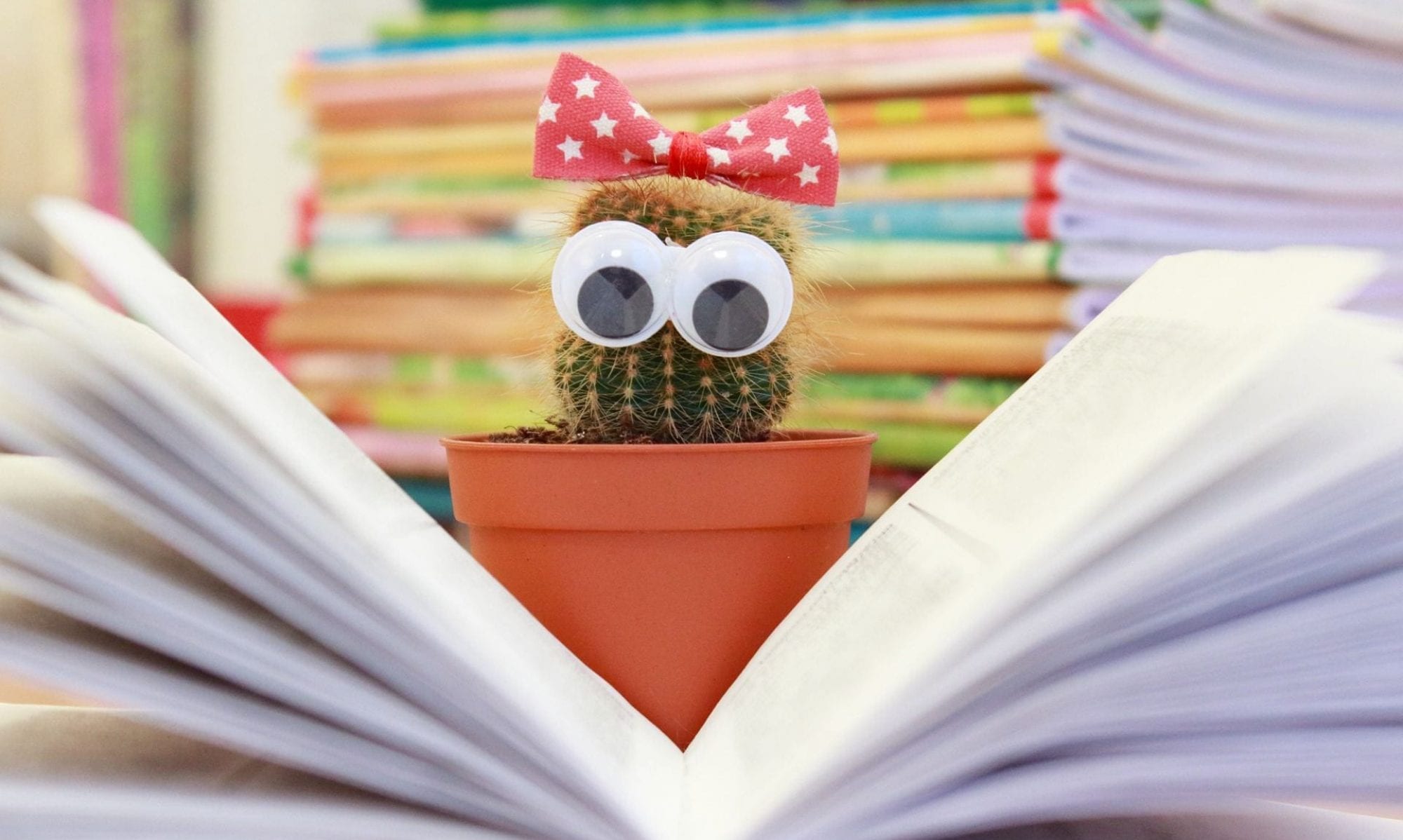ETL503 Part B: Reflective practice
Through ETL503 I built on my prior knowledge, understanding and experience of resourcing the curriculum and the role the library collection plays in teaching and learning in schools. Some of my practices have been confirmed, and I have learnt or expanded my understanding of others. The readings and resources are useful, and I will note them for future reference and further reading.
Knowledge and Understanding of the Role and Nature of School Library Collections
My initial thoughts (2021, March 24) on what I hoped to get out of this topic indicated that I already had a strong idea about the role of school library collections; they are designed to support teaching and learning, and provide interest items for leisure reading. I would like to reflect on several areas which stood out to me during this subject.
Balanced Collection
The balanced collection is a concept I was aware of, but had not put a name to. The balanced collection will vary between sites, and is always context specific. My previous TL role had me considering if digital resources were the best way to support teaching and learning, as we had unreliable internet and shared-use devices. In defining my balanced collection, I identified an online encyclopedia for acquisition, and ways to support students in searching smarter. The balanced non-fiction collection here was mainly print, and supplemented by curated web resources. In a previous blog (2021, April 28) I supported the use of Graphic Novels and print non-fiction to assist reading and learning. The discussion by Crowley and Fleishhacker interest me to consider further what types of graphic novels could support curriculum offerings.
Selection Criteria
Looking through selection criteria examples from National Library of New Zealand and Tasmania School Libraries , and reviewing Collection Development Policies, I see the need for general and specific criteria on which to base resource selection. Exploring these highlighted the variety of different criteria which can emerge based on different resource formats. I have not previously recorded my selection criteria, but generally follow the ideas of recent publication, relevance to curriculum or student interests, connection to series, and accessibility. I understand how having clear criteria for fiction (and a genre collection map) would help me to fill gaps in the collection and provide a better balance. The resources provided on selection criteria will certainly help me to create some specific criteria for my next site.
Weeding/Deselection
The role of the library collection is to support teaching and learning, providing users with resources to meet their needs. I believe this can be fully achieved with appropriate processes in place to support ongoing weeding of the collection. Module 5’s introduction to collection evaluation and deselection brought the CREW method to my attention. My previous reflection (2021, May 10) indicates my positive opinion of this resource, I believe the level of detail provided, and the continuous nature of the process will be beneficial in maintaining a current collection. I have found the resources provided by the National Library of New Zealand to be valuable. I will use those resources and deeper reading into CREW to support my current weeding project.
Collection Development Policy: A Strategic Document
A strategic document is explains what is supposed to happen, and why. The CDP is designed to outline policies for the library (what) and ensure the reader understands the reasons for actions (why). In this way, I believe a correctly created CDP can be an effective strategic document.
Several areas come across as important in describing strategy for the CDP. The role the CDP plays in providing the basis for selection and deselection of resources is the first area. Johnson’s (2018) description of a CDP highlights its role in strategic planning through collection evaluation, ensuring that resources always meet user needs. Including criteria aligned to school values, library purpose and user need will help to fit library processes into the school setting and support coordination.
Currency and transparency are equally important in forming the CDP. Johnson (2018) discusses the need for a clear understanding of the library’s role for its users into the future, and creation of defined parameters to guide library initiatives. Transparency ensures readers are aware of why library staff do what they do, and how it relates back to site priorities. Currency in this document ensures content is always relevant and the priorities being met are accurate. For me, updating the CDP should be a task which is completed in line with strategic Site Improvement Goals. By maintaining the same timeline, the document will always be relevant to site goals and can be used to support teaching and learning in the most effective manner.
Collection Development Policy: Future Proofing the Collection
The Collection Development Policy can help future-proof the library collection through maintaining accurate and current information about resource selection. The selection criteria identified in the CDP support future-proofing as they are updated to reflect the needs of the school and the users. Australian Library and Information Association (ALIA) (2014) highlights managing digital resources effectively as a theme for future libraries. If the CDP refers to digital resources and includes details about selection, storage and access, then the document could be well placed to future support digital management into the future.
Accessibility of resources outside of the library is another trend to consider (ALIA, 2014), and is support by the 2017 Horizon Report comments on the need to expand access and convenience. A CDP which includes details about off-site resource access will be more beneficial into the future than one which does not. I consider off-site user access to be integral in the library maintaining relevance. As such, it is important for users to be taught how to use the resources efficiently and effectively, otherwise they will revert back to ‘Google bashing’ (ALIA, 2014, p.9).
A CDP supports future-proofing the library collection when selection criteria are actively maintained to relate to the current user base, and when content reflects the current digital offerings. Details about weeding schedules and methods being used are key to supporting ongoing collection maintenance.
Conclusion
ETL503 has helped to solidify my knowledge and understanding of collection management within a school library. There have been several areas which I would like to explore further in my next TL position. This will start with the development of an up-to-date Collection Development Policy which will support any selection and deselection projects. I believe the Collection Development Policy is the most important document within the school library, and if compiled accurately it provides a connection to school priorities and ensures the collection maintains its relevance into the future.
References
Australian Library and Information Association. (2014). Future of the Library and Information Science Profession: School Libraries. ALIA Futures. https://www.alia.org.au/futureoftheprofession
Crowley, J. (2015). Graphic novels in the school library: using graphic novels to encourage reluctant readers and improve literacy. The School Librarian, 63(3). 140-142.
Fleishhacker, J. (2017). Collection Development. Knowledge Quest, 45(4), 24-31.
New Media Consortium. (2017). NMC/CoSN Horizon Report: 2017 K-12 Edition. https://library.educause.edu/resources/2017/2/2017-horizon-report
Johnson, P. (2018). Fundamentals of Collection Development and Management. American Library Association.
Larson, J. (2012). CREW: A weeding manual for modern libraries. Texas State Library and Archives Commission. http://www.tsl.state.tx.us/ld/pubs/crew
Libraries Tasmania. (n.d.). Selection and ordering. https://www.libraries.tas.gov.au/school-library/Pages/collections-selection.aspx
National Library of New Zealand. (n.d.). Selecting and purchasing resources. National Library of New Zealand Services to Schools. https://natlib.govt.nz/schools/school-libraries/collections-and-resources/selecting-resources-for-your-collection/selecting-and-purchasing-resources
National Library of New Zealand. (n.d.). Weeding your school library collection. National Library of New Zealand Services to Schools. https://natlib.govt.nz/schools/school-libraries/collections-and-resources/weeding-your-school-library-collection


